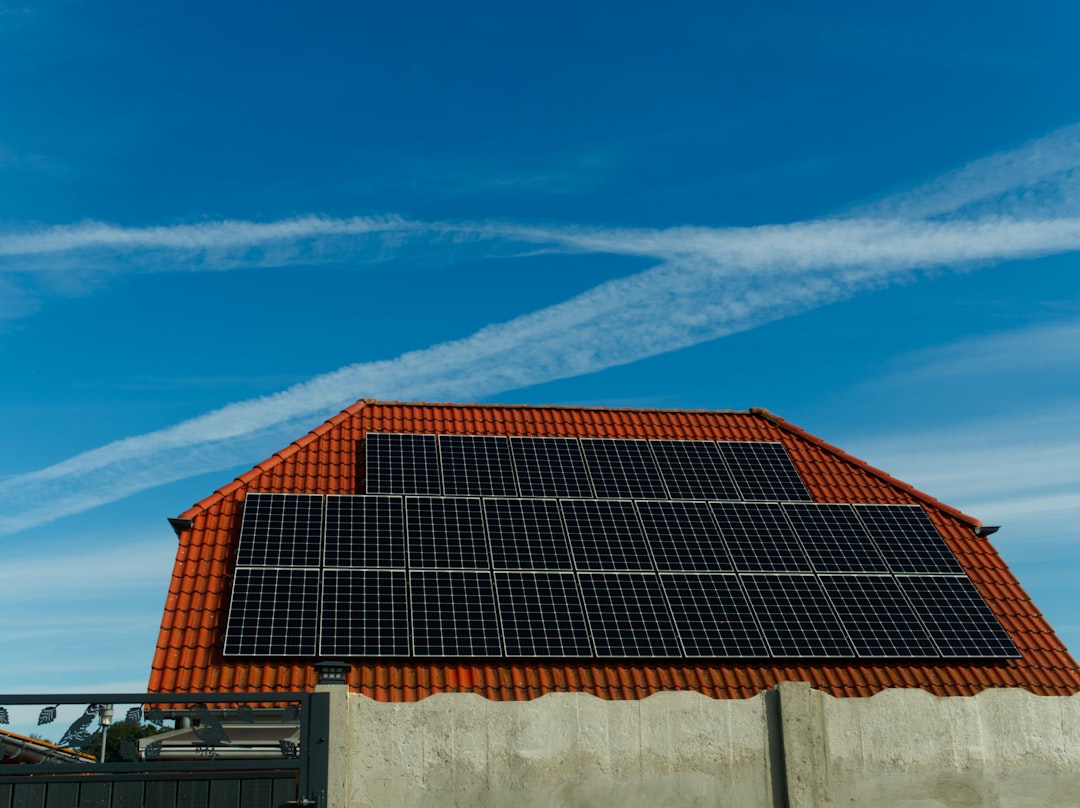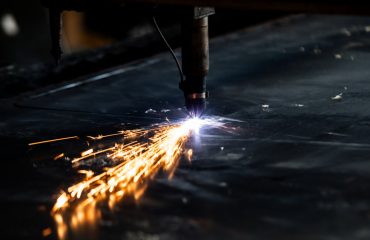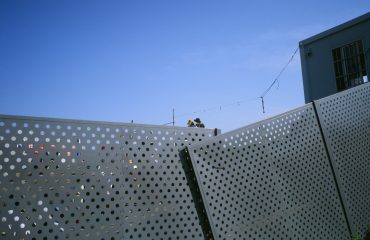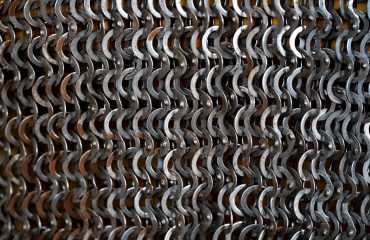body {
font-family: sans-serif;
line-height: 1.6;
}
h1, h2, h3 {
color: #333;
}
img {
max-width: 100%;
height: auto;
}
Harnessing the power of the sun is a significant step towards a sustainable future. But the journey to solar energy independence doesn’t end with choosing the right panels. The foundation of a successful solar energy system rests on a robust and reliable mounting system. This comprehensive guide will explore the crucial role of solar mounting systems, detailing the various types, installation considerations, and factors influencing your choice.
1. Understanding the Crucial Role of Solar Mounting Systems
Solar mounting systems are the unsung heroes of solar energy. They are the structural framework that secures your solar panels to your roof, ground, or other mounting surfaces. Their primary function is to ensure the panels are optimally positioned to capture maximum sunlight throughout the day and year. Beyond this, a well-designed system provides crucial protection against harsh weather conditions, including high winds, snow loads, and extreme temperatures. A poorly designed or installed system can lead to panel damage, reduced energy production, and even safety hazards. The choice of mounting system is, therefore, critical to the overall performance, longevity, and safety of your solar installation.
2. Exploring Different Types of Solar Mounting Systems
Several types of solar mounting systems cater to various roof types, ground conditions, and project requirements. The most common include:
- Roof-Mounted Systems: These are further categorized into:
- Rack Mounting Systems: These systems utilize rails and clamps to attach panels to the roof, offering flexibility and compatibility with various roof types (asphalt shingles, metal roofs, tile roofs). They are generally easier to install and allow for panel adjustments.
- Integrated Mounting Systems: These systems are designed to seamlessly integrate with the roof, often using specialized tiles or flashing. They offer a more aesthetically pleasing solution, but can be more complex to install and may require specialized roofing expertise.
- Ground-Mounted Systems: These systems are ideal for large-scale solar farms or situations where roof mounting isn’t feasible. They typically involve posts driven into the ground, with a framework to support the panels. Ground mounts offer greater flexibility in panel orientation and are less susceptible to roof damage.
- Pole-Mounted Systems: These systems utilize a single pole or multiple poles to support the solar panels, often used in areas with limited ground space or in situations where a higher mounting position is desired. They are suitable for residential and commercial applications.
- Carport-Mounted Systems: These systems integrate solar panels into the structure of a carport or similar shaded areas. They provide shade while generating clean energy.
3. Key Factors Influencing Your Solar Mounting System Choice
Selecting the right mounting system depends on several crucial factors:
- Roof Type: The type of roofing material (asphalt shingles, tile, metal) significantly influences the choice of mounting system. Some systems are designed specifically for certain roof types.
- Roof Angle and Orientation: The angle and orientation of your roof affect the amount of sunlight your panels receive. The mounting system should be designed to optimize panel tilt and azimuth for maximum energy generation.
- Wind and Snow Loads: The local climate and anticipated wind and snow loads are critical considerations. The mounting system must be robust enough to withstand these forces.
- Budget: Different mounting systems vary in cost. Consider the initial investment and long-term maintenance costs when making your decision.
- Aesthetics: The visual impact of the solar mounting system is a factor for many homeowners. Some systems are designed to be more aesthetically pleasing than others.
- Local Building Codes and Permits: Always check local building codes and regulations before selecting and installing a solar mounting system. You may need to obtain permits.
4. Professional Installation: Ensuring Safety and Efficiency
While some DIY enthusiasts attempt to install their own solar mounting systems, professional installation is strongly recommended. Improper installation can lead to several problems, including:
- Reduced Energy Output: Incorrect panel positioning or alignment can significantly reduce energy generation.
- Structural Damage: A poorly installed system can damage your roof or other structures.
- Safety Hazards: Improper installation can create safety risks, especially during high winds or storms.
- Voiding Warranties: Many solar panel and mounting system manufacturers require professional installation to maintain warranties.
Professional installers possess the expertise, tools, and experience to ensure a safe, efficient, and code-compliant installation.
5. Maintenance and Longevity of Solar Mounting Systems
Regular maintenance is essential to ensure the longevity and performance of your solar mounting system. This includes:
- Regular Inspections: Periodically inspect the system for any signs of damage, corrosion, or loose connections.
- Cleaning: Keep the system clean and free of debris to prevent shading and reduce energy loss.
- Tightening Bolts and Connections: Periodically check and tighten all bolts and connections to ensure structural integrity.
- Corrosion Protection: Apply corrosion inhibitors as needed to protect metal components from rust and degradation.
Proper maintenance will extend the lifespan of your solar mounting system and maximize your return on investment.
Choosing the right solar mounting system is a crucial step in maximizing the efficiency and lifespan of your solar energy investment. By carefully considering the factors discussed above and opting for professional installation, you can ensure a reliable and effective system that will power your home or business for years to come.
Tags: solar mounting systems, solar panel installation, roof mounting systems, ground mounting systems, solar energy systems




